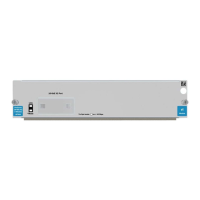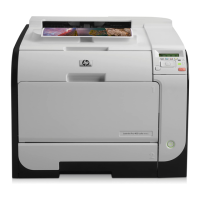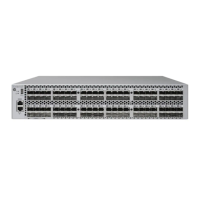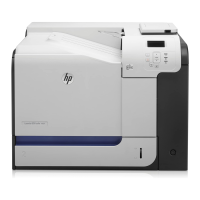236 • STN Reference HP NonStop SSH Reference Manual
DELETE SERVICE <service-name> | *
The specified service, or all services, can be removed from the configuration.
DELETE WIN[DOW] <window-name> | *
DELETE WINDOW removes a previously added window from the configuration. Dynamic windows are automatically
deleted upon session termination. Windows created by AUTO_ADD_WIN Y are automatically deleted when all
applications using the window terminate or close the window (no longer relevant since SPR T0801^ABE where
AUTO_ADD_WIN is not supported anymore).
WIN and WINDOW are equivalent.
<window-name> specifies a window to be deleted.
* means to delete all windows, including DYNAMIC and AUTO_ADD_WIN windows.
DEV_SUBTYPE B05COMP | WINDOW | <nn>
Controls the values returned to application DEVICEINFO calls against a window.
B05COMP (default) compatibile with STN releases B05 and earlier.
no session active 6,0
6530 session active 6,4
non 6530 session 6,0
WINDOW response determined by ADD WINDOW configuration
SUBTYPE nn 6,nn
(overrides TERM_TYPE)
SUBTYPE NONE and no session active, response determined by TERM_TYPE:
TERM_TYPE 6530 6,4
TERM_TYPE other 6,0
When SUBTYPE is NONE, and a session is active, then B05COMP rules above are used.
<nn> always responds with type 6 and subtype <nn>
DYNAMIC_PRI <nnn>
Specifies the default priority used for dynamic window applications when the SERVICE does not specify PRI.
Where <nnn> is the Guardian priority in the range 1-199; default is 149.
DYN_CPU (cpu,cpu)
Sets default CPU for subsequent ADD SERVICE TYPE DYNAMIC. Default is DYN_CPU (0,15).
DYN_WIN_MAX <nnn>
The existing DYN_WIN_MAX command is generally superseded by the features of GWN^TEMPLATE (introduced in
T0801^ABE), but it is still allowed.
<nnn> is the maximum number of window names, including zero (0). <nnn> must be in the range 100 to 100000, default
is 100000. DYN_WIN_MAX may be used to reduce the number of windows allowed by GWN^TEMPLATE. For
example:
PARAM GWN^TEMPLATE #Z0000

